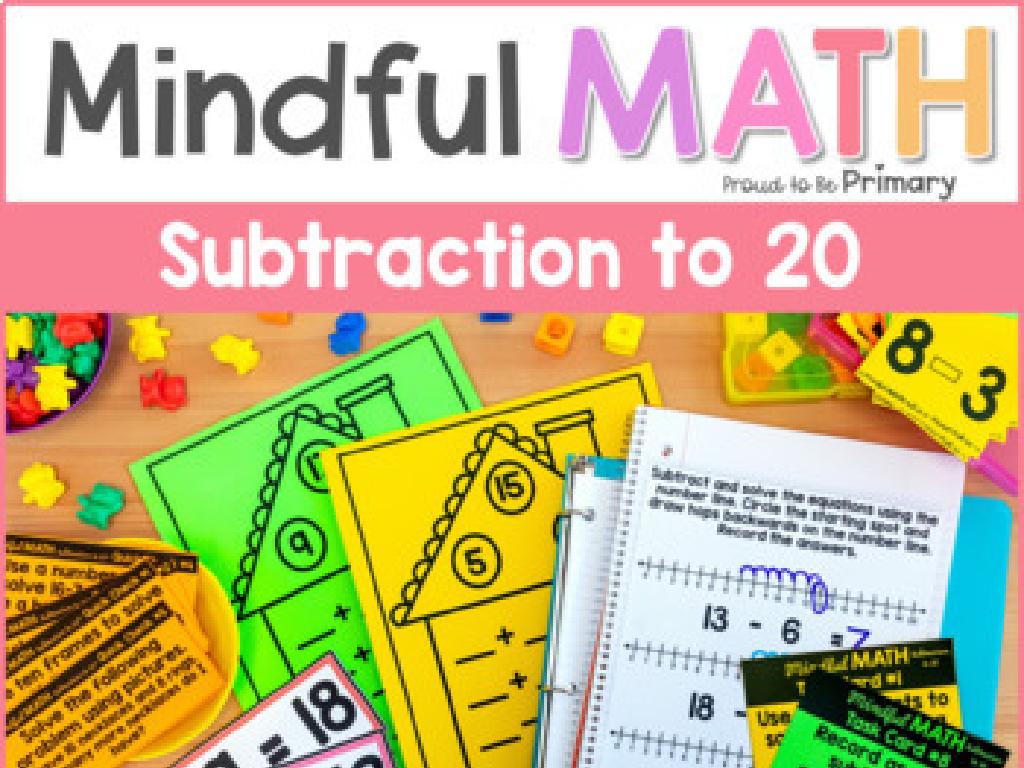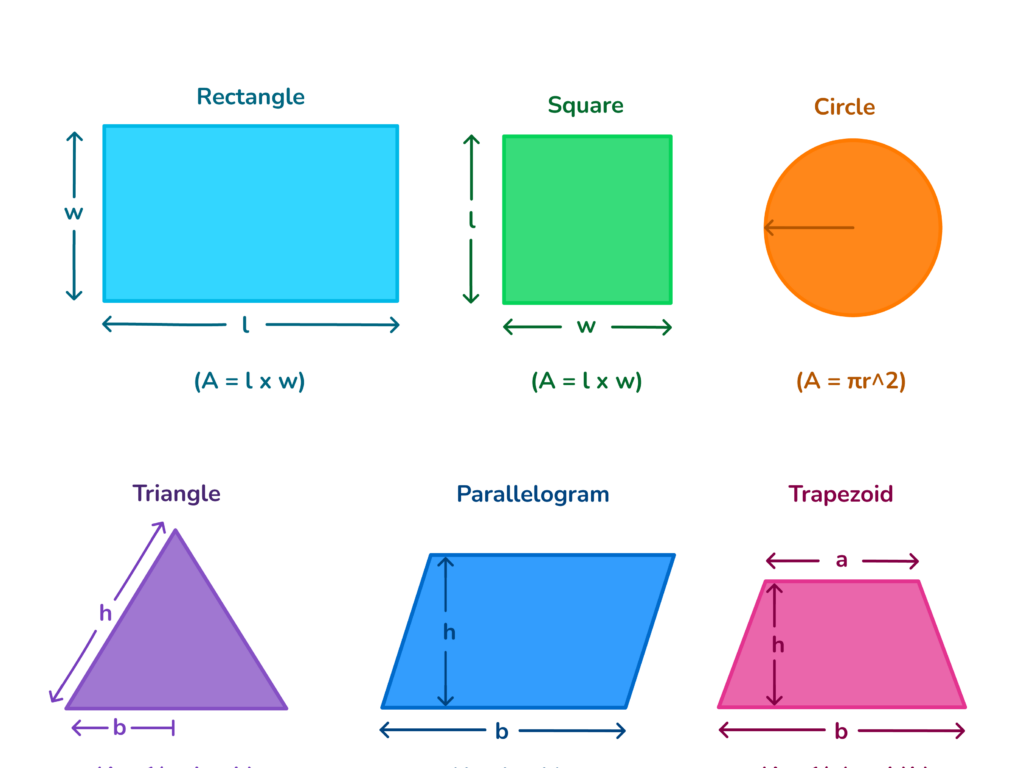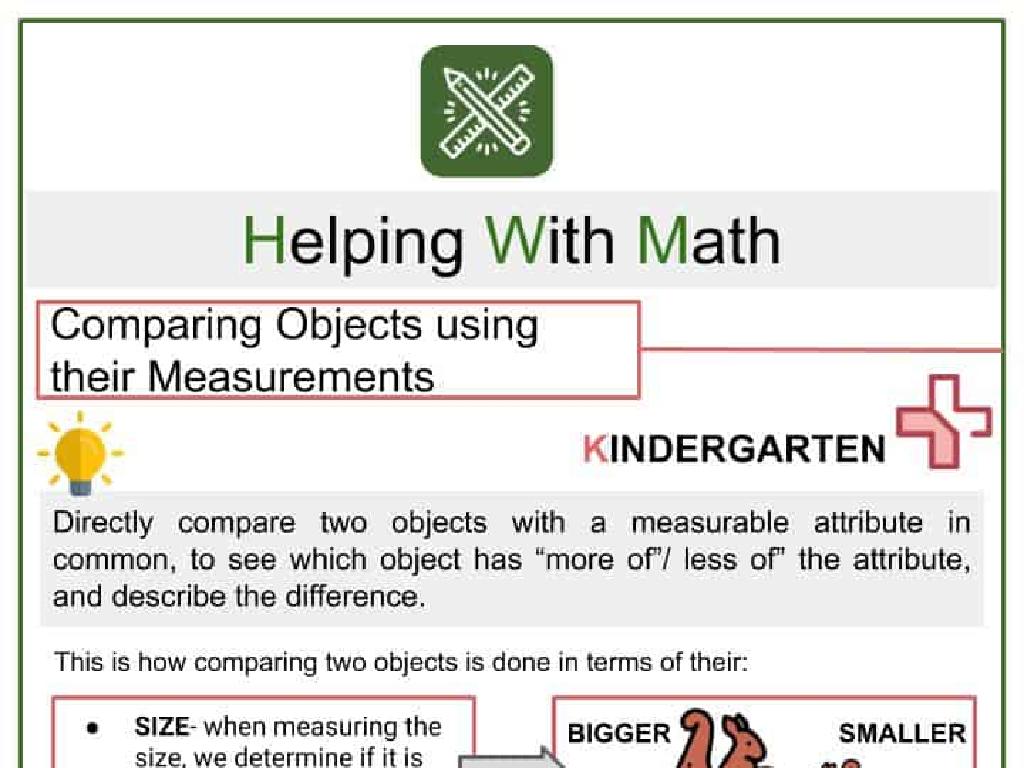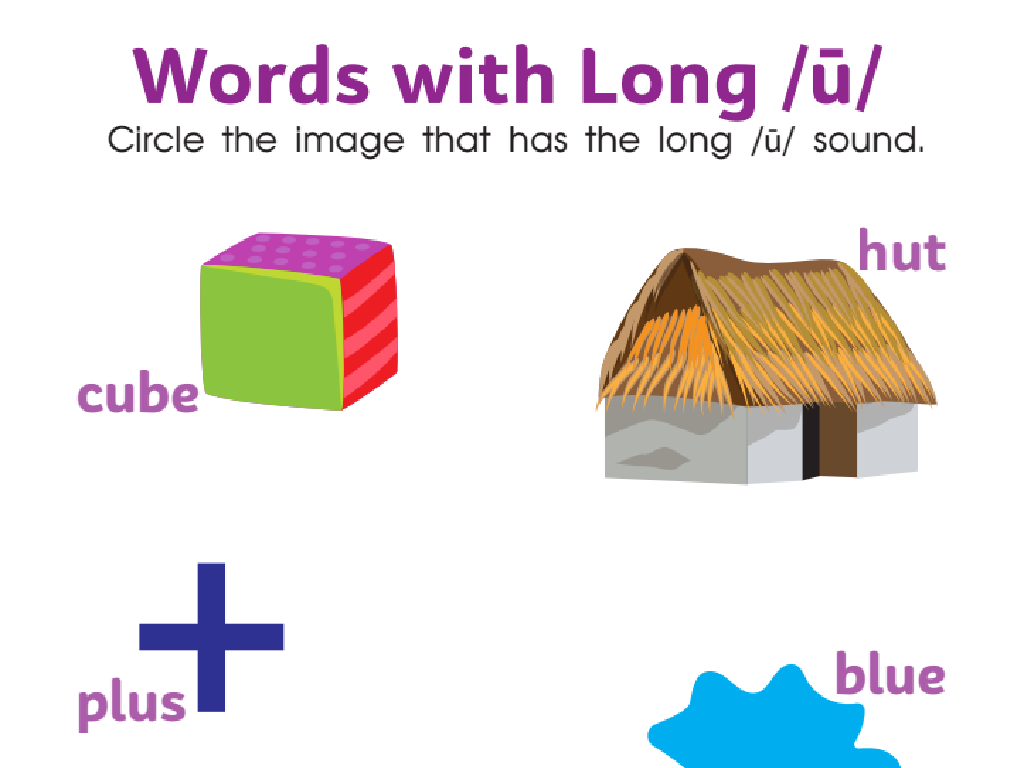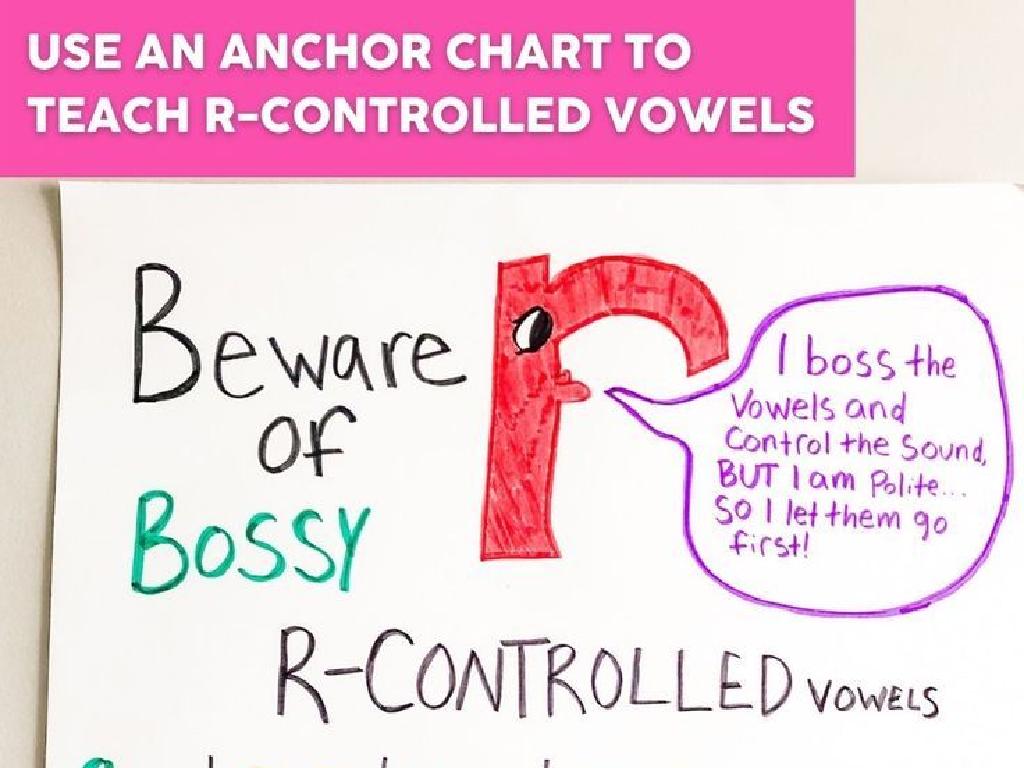Describe And Construct Flowering Plant Life Cycles
Subject: Science
Grade: Fourth grade
Topic: Plants
Please LOG IN to download the presentation. Access is available to registered users only.
View More Content
Today’s Adventure: Flowering Plant Life Cycles
– Explore plant growth & reproduction
– How do seeds become flowers?
– Flowering plants’ life cycle stages
– Includes germination, growth, flowering, pollination, and seed spreading
– Significance of flowering plants
– They provide food, oxygen, and help the environment
– Class activity: Grow your own plant!
|
This slide introduces the concept of plant life cycles, specifically focusing on flowering plants. Begin by discussing the stages of a plant’s life from seed to full bloom and how reproduction occurs. Emphasize the importance of flowering plants in ecosystems, including their role in providing sustenance for a variety of organisms and their contribution to oxygen production and environmental health. Conclude with a hands-on class activity where students plant seeds and observe their growth over time, documenting the different stages of the plant life cycle. This activity will help solidify their understanding of the topic and give them a personal experience with the wonder of plant development.
Plant Life Cycles: The Circle of Life
– What is a Life Cycle?
– A life cycle is the series of changes in life from birth to death.
– Key Stages: Birth to Death
– Birth, growth, reproduction, and death are the stages.
– Plants Have Life Cycles Too
– Just like animals, plants go through these stages.
– Observing Plant Life Cycles
|
This slide introduces the concept of life cycles, a fundamental principle in biology, and explains that all living organisms, including plants, go through a series of developmental stages. Begin by defining a life cycle and discussing its importance in understanding the growth and development of organisms. Emphasize the four key stages: birth, growth, reproduction, and death. Highlight that plants, although different from animals, also have life cycles that we can observe in nature or even in our own gardens. Encourage students to think about how a seed they plant in the ground grows into a mature plant that eventually produces seeds of its own, completing the cycle. This will set the stage for more detailed exploration of the flowering plant life cycle in subsequent slides.
Parts of a Flowering Plant
– Identify main plant parts
– Roots absorb, stem supports, leaves photosynthesize, flowers reproduce
– Functions of each part
– Roots anchor and absorb, stem transports, leaves make food, flowers attract pollinators
– Plant parts in life cycle
– Each part has a role in growth, survival, and reproduction
– How they work together
– Integrated system: roots feed the plant, stem provides structure, leaves create energy, flowers enable reproduction
|
This slide introduces the main parts of a flowering plant and their functions, setting the stage for understanding the plant life cycle. Students should learn that roots absorb water and nutrients, stems provide support and transport resources, leaves are the site of photosynthesis, and flowers are responsible for reproduction. Emphasize how these parts are interconnected and all contribute to the plant’s ability to grow, survive, and produce new plants. Activities can include labeling diagrams, creating models of plants, and discussing how each part helps the plant at different life cycle stages.
The Flowering Plant Life Cycle
– Seed Stage: Life starts as a seed
– A seed contains a tiny plant waiting for the right conditions to grow.
– Germination: Sprouting into a seedling
– With water and warmth, a seed breaks open and a young plant emerges.
– Growth: From seedling to full-grown plant
– The plant uses sunlight and soil nutrients to grow bigger and stronger.
– Pollination/Fertilization: Plant reproduction
– Flowers attract pollinators; pollen meets egg to create new seeds.
– Seed Dispersal: Spreading seeds far and wide
– Seeds travel by wind, water, or animals to find new places to grow.
|
This slide provides an overview of the flowering plant life cycle, tailored for a fourth-grade science class. Begin with the seed stage, explaining that a seed is like a baby plant that contains everything it needs to start growing. Move on to germination, where students learn how a seed sprouts roots and shoots when conditions are right. Discuss the growth phase, emphasizing the importance of sunlight, water, and nutrients. Explain pollination and fertilization as the way plants make new seeds, with the help of pollinators like bees. Finally, cover seed dispersal, explaining how seeds use different methods to travel to new growing spots. Encourage students to think of examples and observe plants around them.
Pollination: A Closer Look
– Understanding pollination
– Pollination is how plants transfer pollen to fertilize and produce seeds.
– Pollinators: insects, birds, wind, water
– Insects like bees, birds, and even wind and water can carry pollen.
– Examples: bees, butterflies, hummingbirds
– Bees buzz around flowers, butterflies visit for nectar, and hummingbirds flit from bloom to bloom.
– Why pollination is vital for plants
– It leads to the creation of seeds and is essential for many plants to reproduce.
|
This slide aims to explain the concept of pollination to fourth graders. Pollination is a natural process that is essential for the reproduction of flowering plants. It involves the transfer of pollen from the male part of the plant to the female part. Various agents, including insects like bees and butterflies, birds such as hummingbirds, and even non-living elements like wind and water, can facilitate this process. Highlight the importance of pollinators in ecosystems and the production of fruits and seeds. Provide vivid examples and encourage students to observe these pollinators in their natural environment if possible. Discuss the mutual benefits that pollinators and plants provide to each other.
From Flower to Fruit: Plant Life Cycles
– Flowers transform into fruits
– Fruits protect and nourish seeds
– Like a natural ‘house’ for seeds, providing safety and nutrients
– Various fruits aid seed dispersal
– Some float on water, others eaten by animals and carried away
– Importance of fruit in life cycle
|
This slide aims to explain the process of how flowers turn into fruits and the role fruits play in the life cycle of flowering plants. Students should understand that the fruit is a result of the flower being pollinated and its purpose is to protect the developing seeds inside. Fruits come in different shapes and sizes, which can affect how seeds are dispersed in nature. Some fruits, like coconuts, can float on water to new locations, while others, like berries, are eaten by animals who then carry the seeds elsewhere. Emphasize the importance of this transformation and dispersal for the continuation of plant species. Encourage students to think of examples of fruits they eat and how those fruits might help in seed dispersal.
Seed Dispersal Methods
– Importance of seed dispersal
– Spreading out helps plants avoid competition and disease.
– Wind, water, animals, explosion methods
– Dandelions float on the wind, coconuts float on water, berries eaten by animals, peas burst out.
– Examples for each method
– Seed travel ensures species survival
– Dispersal allows plants to find new habitats and resources.
|
This slide aims to explain the concept of seed dispersal and its significance in the life cycle of flowering plants. Seed dispersal is a critical process that helps plants spread their offspring across a wider area, reducing competition for resources among seedlings and increasing the chances of species survival. The main methods include wind (e.g., dandelions), water (e.g., coconuts), animals (e.g., fruits like berries that are eaten and then transported), and explosion (e.g., pea pods that burst open). Provide examples of each to help students visualize the process. Encourage students to think about how these methods benefit the plants and to consider the diversity of strategies that plants use to ensure their seeds reach suitable places to grow.
Life Cycle of a Bean Plant
– Bean plant life cycle stages
– Germination, Growth, Flowering, Pollination, Seed formation
– From seed to flowering plant
– Starts with a seed, grows roots and shoots, then blooms
– Observing real bean plant growth
– Keep a bean plant diary, note changes over weeks
– Importance of each life stage
|
This slide introduces students to the life cycle of a bean plant as a concrete example of a flowering plant’s life cycle. It covers the key stages: germination, when the seed sprouts; growth, where roots and shoots develop; flowering, when the plant blooms; pollination, where flowers are fertilized; and seed formation, completing the cycle. Encourage students to observe these stages by growing their own bean plants in class or at home, keeping a diary to record the changes they see over time. Emphasize the importance of each stage in the life cycle and how they contribute to the survival of the plant species.
Class Activity: Grow Your Own Plant!
– Gather materials for planting
– Follow steps to plant your seed
Place soil in pot, plant seed, water it, and place in sunlight
– Observe and record plant growth
Use your journal to note changes in your plant every day
– Understand the plant life cycle
Learn how a seed sprouts, grows, and develops into a new plant
|
This activity is designed to give students hands-on experience with the life cycle of a flowering plant. Each student will need a pot, soil, bean seeds, water, and access to sunlight. Guide them through the process of planting the seed and discuss the conditions necessary for growth. Encourage students to observe their plant daily and record any changes in their growth journal, such as sprouting, leaf development, and flowering. This will help them understand the stages of a plant’s life cycle from seed to adult plant. Possible activities include measuring plant growth, drawing the plant at different stages, and discussing the factors that affect plant growth. This practical experience reinforces the science concepts learned in class and engages students in the wonder of growing life.
Flowering Plant Life Cycle: Review
– Recap plant life cycle stages
– Germination, Growth, Pollination, Seed formation
– Significance of each life stage
– Each stage is crucial for survival and reproduction
– Helping plants thrive
– Watering, proper soil, and sunlight
– Class discussion and questions
|
This slide aims to summarize the key points of the flowering plant life cycle. Begin by recapping the stages: germination, where the seed sprouts; growth, where the plant develops leaves and roots; pollination, where flowers are fertilized; and seed formation, where new seeds are produced for the next generation. Emphasize the importance of each stage, explaining that without any one of them, the plant could not complete its life cycle. Discuss how humans can support these stages by providing adequate water, suitable soil, and sunlight. Conclude with a class discussion to address any questions and reinforce the concepts learned. This review will help solidify students’ understanding of the topic and its relevance to the natural world.

